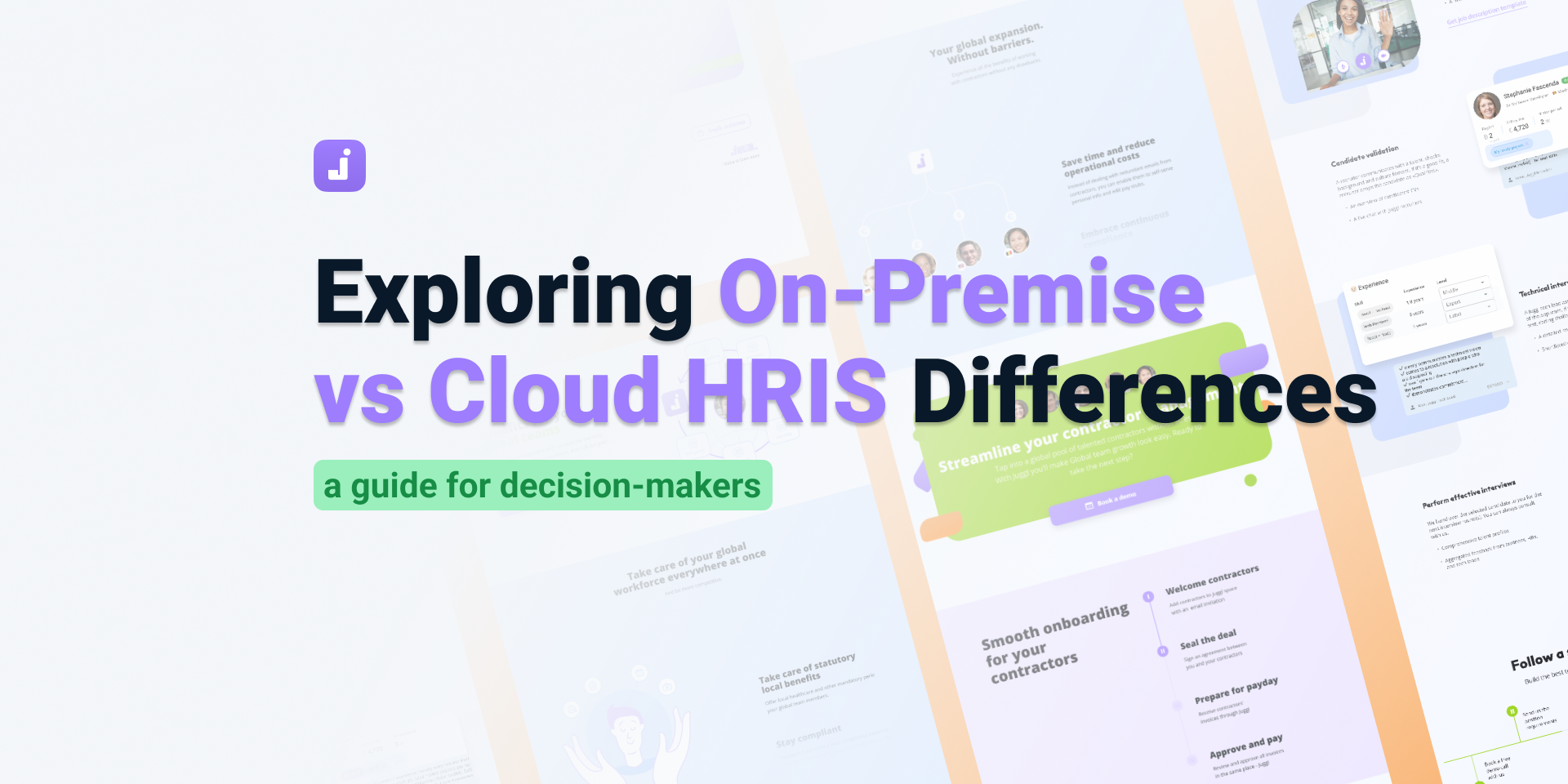4 ways to improve performance management for remote workers
“You can't manage what you can't measure.” Peter Drucker
Employee performance evaluation is not an easy game. Traditional evaluations often prove challenging due to time-consuming and biased surveys. Some companies even abandon employee ratings, citing a lack of correlation with real progress.
However, when done right, performance management becomes a driving force for team efficiency, particularly in remote settings.
In our hybrid Juggl team, we conduct evaluations of employees from 8 countries. Here are key subtopics we suggest to consider:
- How to prepare for the employee evaluation process
- How to track employee performance
- How can a manager improve employee performance
Let's delve deeper into each question.
How to prepare for an employee performance review
To achieve performance goals, it's better to communicate the essential ingredients of success to employees. I mean share business targets and evaluation criteria.
1. Set performance goals for employee evaluations
Clearly defining your expectations becomes crucial in remote work because of fewer opportunities for employee-manager communication. When you can’t opt for ad-hoc discussions or give instant feedback, detailed instructions can bridge the information gap.
Here is a checklist for creating helpful performance instructions:
- Yearly, monthly and weekly goals
- Hours spent on task
- Time of team availability
- Tools and resources
- Support guidelines
Now, let’s explore how these three things - a bias-free work environment, effective performance management, and employee development, when integrated, can foster a goal-orientated culture in your team.
2. Ensure bias-free metrics
Any performance system can work backward because of biased conclusions and vague evaluation. Shockingly, only 2 in 3 employees believe their performance is evaluated fairly (WTW 2022 Performance Reset Survey of 837 companies across the globe). Now, let's discuss how to build a fairer approach.
Start by focusing on remote work performance measures. Consider the following tips:
- Base decisions on individual progress, not on comparing employees. Studies show that employees find this approach more accurate and respectful than social comparison.
- Identify the key metrics that truly drive performance. This targeted approach provides a clearer understanding of each employee's contribution.
Let’s move on to the next question.
How to monitor employee performance
People often dislike performance reviews due to dissatisfying and irrelevant processes. To make performance appraisals more meaningful and joyful, consider adjusting your performance tracking system or the frequency of reviews.
Employee performance management system
For effective remote team management, having the right tracking tools is crucial. It's challenging to gauge the productivity of remote employees without proper insights. For example, utilizing tools like Juggl's performance tracking system can enhance your organization's functionality.
Review frequency
When it comes to remote workers, conducting assessments as frequently as possible is best to keep employees engaged. However, to determine how often to review employees, try setting your final goal first:
1) Spot behavioral trends
If you want to reveal long-term trends and patterns in work, you’d better opt for an annual performance review. For example, Google splits it into a mid-year checkpoint and an end-of-year review, incorporating self-assessment and 360-degree feedback.
2) Assess progress
If tracking short-term goals is essential, go for mid-year and/or quarterly reviews. These assessments are less formal than annual reviews, requiring less preparation.
3) Improve employee engagement
For quick improvement, implement quarterly reviews or monthly check-ins. This approach is highly recommended for hybrid and especially remote companies.
Well, you know what type of review fits the company’s goals. Meanwhile, what do your employees want?
Most employees prefer ongoing feedback rather than waiting for a formal annual review (according to EmploySure). Conducting quarterly performance evaluations is frequent enough to keep employees engaged and track their growth over the year.
How can a manager improve employee performance
Employee engagement significantly influences the success of remote colleagues. Do your employees realize their impact on organizational goals? For sure, it’s better that they do.
If you want to ensure it, try to link individual contributions with the company's mission and vision at the next meeting.
Check out this example:
[Individual goal]: “You should layout 2 websites this quarter…”
[Team goal]: “...to support a company’s rebranding plan…”
[Company’s goal] “...as a result, our brand could reach new markets and expand the usage of quality services. Yeah, sure we’ll double the revenue.”
You can start to improve remote work productivity with this easy formula. And let’s move to another tip.
To wrap up
When you have employees working remotely, you have to be more intentional about their development. You need to set clear expectations and monitor remote work performance frequently so that everyone knows what they're supposed to be doing and where they stand on their goals.
{{quote-text}}

.jpeg)
.png)









